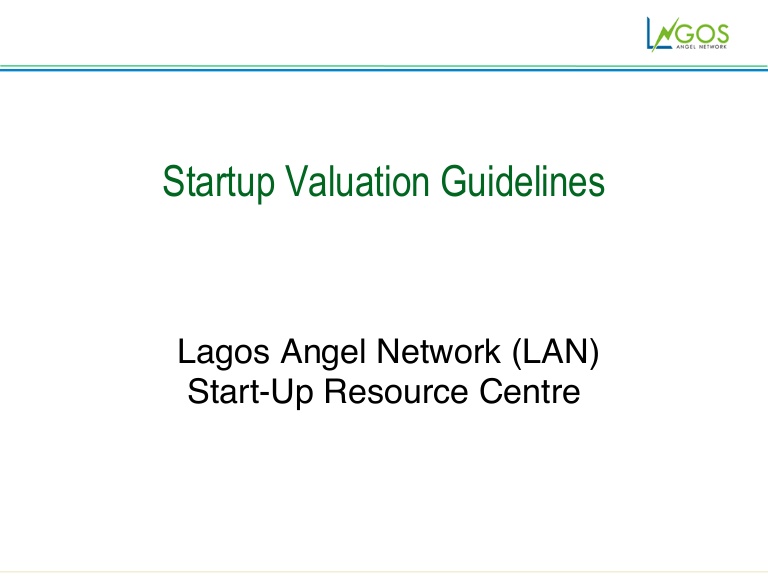rfi vsrfp: RFI, RFP, SOW, MSA, Contract What’s the Difference?
Contents:

Provide responses to the detailed questions posed regarding goods and services, which will also typically include questions about the expertise of key staff. Like RFIs, RFPs can go out to any number of prospective vendors, depending on the size of the market, the number of prospective suppliers, and the team’s ability to process responses. Like RFIs, RFPs are most often used when organizations are looking to purchase complex, sophisticated, or new items that require technical expertise, specialized capability, or the creation of a new product or service. Unlike RFIs—which are purely information-gathering tools—RFPs often result in a bidding process and the ultimate purchase of a desired item.

An RFI is a bid document to gather more information from the marketplace before issuing an RFQ or RFP. Because the RFP process involves soliciting a proposal from a potential vendor, there are tangible and palpable benefits to enhancing the RFP process as much as possible. The RFP can potentially identify new suppliers that suit better for your company. Many companies are having difficulties in defining real commitment as it depends from business to business.

Luckily, with software like what’s offered at ProcurePort, your team can build RFI templates that streamline the RFI process, and boost your team’s efficiency. RFP is commonly used for head-starting procurement projects and is usually used by governments. Thus, they are familiar with these kinds of requests for procurement.
The Top 10 ERP Books of All Times to Perfect Implementation
This kind of document gives vendors all the specific information necessary to develop a software solution, based on the actual requirements which will become the project’s baseline. While the RFI is aimed at initially exploring the marketplace, RFP can address clear-cut needs and help both sides understand each other better. In order to do that, you may find an RFI template for software development useful. It is usually a concise 3-to-5 page document that provides an executive summary of what is to be outsourced, along with details on each vendor’s field of expertise, quality of software development team, portfolio, etc.
Generally, the term is used outside of North America and is also interchangeable with ITT or invitation to tender. RFP process guide Get the latest tips, tricks and best practices to improve your RFx processes. Financial servicesCollect the information you need to make bottom-line sourcing decisions. Vendor risk assessmentsEnsure vendors meet your security and compliance standards to mitigate risk. For example, you are ABC Company, and you’re looking to strengthen your relationship with customers through social media channels.

Interested suppliers and service providers will detail their thoughts on the project, and the requesting organization will receive a variety of creative solutions. In construction, the RFP process will typically involve some prequalification of the contractor to determine their ability to get the job done. Compared with RFIs, RFPs have more detailed questions about the contractor’s experience and skills, and responses are sometimes scored to help owners choose the best one for their project. Contractors may be asked to provide references, list past projects, or provide bios or resumes for their main staff. A Request for Information is a method of collating information from different suppliers prior to formally sourcing products or services.
Differences between RFI, RFP and RFQ
An rfi vsrfp will put you in a solid position to be able to shortlist potential suppliers and send detailed RFQ, RFT, or RFPs. Preparation of the RFP is important and time spent at this stage will ensure good responses. Often an information meeting is held to brief suppliers and answer any questions.
Additionally, some find it expensive, which is why suppliers will not submit a proposal. The RFP procurement process limits the interaction between you and the suppliers prior to their submissions and any vendor is allowed to submit a proposal. An RFP is a formalized and structured way of getting specific vendor information . It allows you to detail the problem you wish to solve and invites vendors to suggest solutions. Indeed, RFPs are very thorough and offer a side-by-side, fact-based comparison of vendors’ capabilities.
This method becomes useful when there are many potential suppliers to choose from. This allows the organization to shortlist potential suppliers and select the most suitable supplier or suppliers. A request for information is used when the owner wants several contractors to provide potential solutions, while a request for proposal is used in a bidding process to solicit offers for a project. You will often receive an RFP after reading the advanced details in the RFI. It’s important to take your time and do your due diligence when developing an RFI, which will include budget details, timing of work and a thorough description of the project scope. All requirements of the project will be addressed, with you showing the specific steps or solutions you will follow from day one to completion.
And it’s hard to define what “real commitment” is as it depends from business to business. That’s why some companies prefer to skip the RFI and proceed with an RFP or RFQ. An RFI process is the first step to learning more about a company that might be subcontracted to do a job for you.
- A Request for Information is used when you think you know what you want but need more information from the vendors.
- The RFQ typically includes the pricing details, delivery timeline, line-item pricing breakdown, any assumptions or constraints, supplier contact information, and payment terms.
- As anyone reading this surely knows, the construction industry loves its documents!
https://1investing.in/ managers /PMOs are usually reluctant to aggregate all responses into one document to make informed purchasing decisions and work with stakeholders. For this reason, companies usually conduct a cost-benefit analysis on the purchase of RFP software skip the RFX purchase process. On the other hand, the complicated and long process usually prevents potential suppliers from participating in the RFP. Provide strong organizational background and small-business type if applicable, industry certifications, and key clients or sectors supported.
What is RFQ or Request for Quote:
Perspective, you know the problems your organization has but then, you don’t necessarily know what would be the best solution to this problem. Just about every construction contract will require that work be done in a “workmanlike manner.” But what exactly does that… Typically, the filing of a notice of commencement by the property owner or other top-of-chain party affects preliminary notice and… I was hired by a tenant in Long Beach, CA and signed a contract for $54,000 to install Drywall, Insulation, paint and electric. However, if they are just looking for a specific material and need multiple quotes to compare pricing, then answering an RFQ is the best way to go. We envision a world where no one in construction loses a night’s sleep over payment.

As anyone reading this surely knows, the construction industry loves its documents! What is a cost-plus contract and how is it used in the construction industry? Keep these different proposal types in mind as you research open opportunities.
Read on to become more familiar with these key documents before you report to the next jobsite. However, an RFP can also be used to initiate an opportunity when the issuer wants to get the largest possible number of respondents – either from the public or from an updated preferred vendors list. This is especially useful when the scope of work is clearly known and the design is complete. Some examples would be for replacing equipment, goods, and service providers. In these cases, you are simply asked to fill out a list of requirements and give detailed costs for each line item, which by its definition is simply an RFQ.
Through vetting the suppliers and vendors with an RFI, an organization is only left with the highest quality vendors that will offer the best rates. RFP is a document that asks suppliers to propose solutions to business requirements. Also, the RFP is sometimes called a request for procurement as the proposal is about procuring the right materials for a project. It is the procurement phase where the procurement manager puts the details of the project or task to acquire the important materials or services. Once the data has been collated, the procurement manager will assess and start discussing with the suppliers. After this, the procurement manager will finally select among the potential suppliers.
However, it is used to examine and compare vendors’ expertise and experience. While they all help organizations gather information from vendors, they each serve a distinct purpose. Used independently or together, RFIs, RFPs and RFQs are all important tools for reducing risk, saving money and picking the perfect partner. Consulting firmsSource product and service providers that deliver superior results for clients. RFQ — Targeted request for pricing for a highly specific solution.
No matter what type of business you have, you will need to find and cultivate strong relationships with suppliers and manufacturers in order to meet your customers’ requirements and grow your business. Correctly implementing these processes requires time, dedication, and skills. Else you risk losing time for nothing as you won’t actually end up finding a solution to your problem.
The owner usually has selected the solution they want to use and just wants to know how much it will cost. There aren’t a lot of questions about qualifications to answer, as it’s more about pricing, payment options, and delivery timelines. A Request for Quotation is a competitive bid document used when inviting suppliers and subcontractors to submit a bid on projects or products. An RFQ is suitable for sourcing products that are standardized or produced in repetitive quantities. A Request for Proposal is a formal method of receiving detailed and comparable proposals from different suppliers for a defined product or service.
